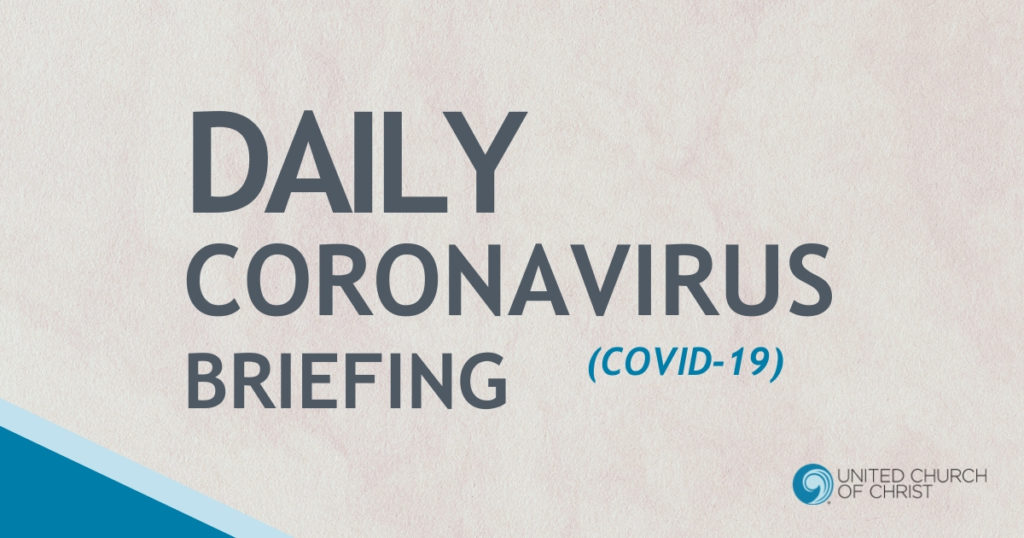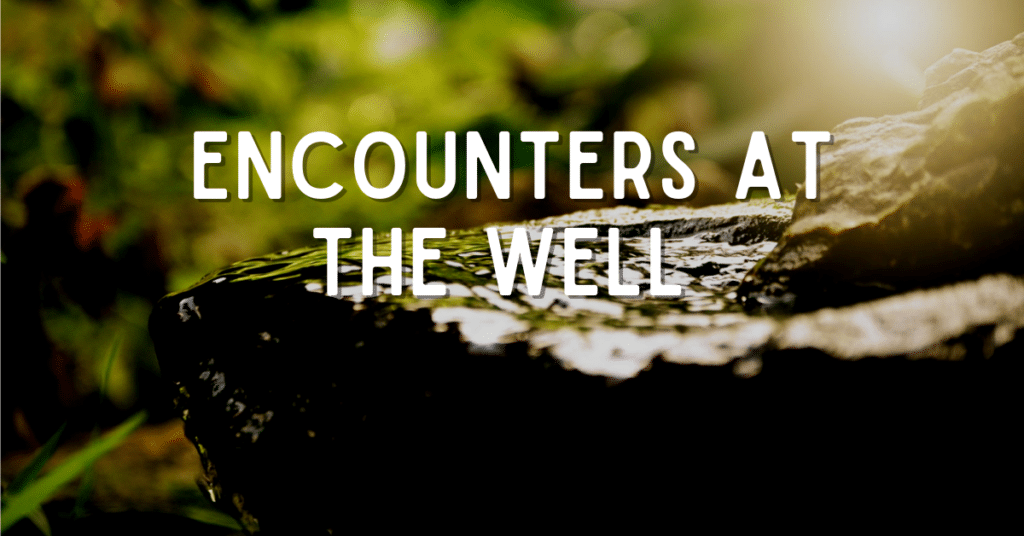COVID-19 “New Normal?” (Part Two)
United Church of Christ – Wider Church Ministries
Humanitarian Development Team
Coronavirus (COVID-19) Daily Briefing
Barbara T. Baylor, MPH – Temporary Health Liaison
COVID-19 “New Normal?” (Part Two)
Yesterday’s briefing considered aspects of a “new normal” now and in the shorter-term. Today, let’s look at what “new normal” might mean this fall and beyond as we seek to balance the need to contain COVID-19 with the need for a sustaining and sustainable economy.
States are beginning to ease “stay at home” directives and allow businesses to reopen. A number of measures are being implemented or proposed to prevent a resurgence of COVID-19 as we are allowed to move around more freely.
What follows looks daunting, but these are the kinds of measures we can expect until an effective vaccine against COVID-19 is widely available:
- Mass temperature checks.
- Mandatory use of face masks.
- Continuing limits on large gatherings.
- Staggered school days, smaller class sizes, and changes to assemblies, physical education and recess.
- Restrictions on movement for “high risk populations.”
- Widespread testing and contact tracing, possibly with monitoring of cellphone location and other personal information.
- Increased sanitization and deep cleaning.
- Disposable menus and masked servers in restaurants with fewer seats.
- Limits on unnecessary travel.
- Continuing use of webcasting and teleconferencing by churches, businesses, schools and doctors for virtual appointments with patients.
- Loosening, tightening, loosening, tightening of these and other public health measures if and when infection rates fluctuate.
In addition to the above “new normal,” let’s look at “new normal” from another angle.
Many people, including President Trump, are expressing their longing for a “return to normal.” That’s all well and good for some, but for many people the “old normal” wasn’t good at all. Is this a kairos moment for change for the better?
The pandemic has exposed gross inequities in health and health care for people of color, impoverished people, elderly people and others. Also exposed: the systems that keep people poor.
The COVID-19 pandemic has disrupted health, economy, education and social interaction around the world on a massive scale. In the United States, one-fifth of workers have filed for unemployment compensation. The Paycheck Protection Program has – shall we say – fallen short of its promise to sustain small businesses and their employees. Holes in the safety net – where there is a safety net – and assurance of a minimum wage have left too many people hungry and unable to make rent or mortgage payments.
While some workers are lucky to be able to work from home, essential workers including medical, sanitation, transportation and grocery workers are “out there” risking their lives every day to keep things running.
How can we use this moment to help build a society in which essential workers are protected from harm, provided the equipment they need to do their jobs, and paid what they are worth?
Concerning our children, we already knew that a child’s zip code goes far in determining the quality of education they’ll get. Moving to online education has left out children whose families don’t have a computer or an internet connection at home.
A great “new normal” would include finding new ways that our schools can prepare all students for college and careers both now and in the future through innovation and creativity. This means more collaboration with parents, communities and, yes, the students themselves on how best to teach them the skills they need in new different ways. A “new normal” can be a time to rethink how we invest in education for our nation’s children.
The COVID-19 pandemic also gives room to build a “new normal” that:
- Has “farm to table” or “farm to food pantry” distribution alternatives in place so that farmers aren’t dumping milk and produce at the same time as people are hungry.
- Fast tracks the shift from fossil fuels to clean energy, creating many new jobs in the process. (Big cities around the world are enjoying less pollution because of reduced fossil fuel use by vehicles and industries under “stay at home.”)
- Builds and maintains a strong public health system and quality care for fragile elderly, with healthcare workers paid a living wage.
- Works at the intersections of poverty, racism, ageism, sexism, housing and health to assure “enough for all.”
Resources:
Adjusting to a new ‘normal’ in education
CARE Act gives state education funding, flexibility in wake of COVID-19
“America’s ‘new normal’ will be anything but ordinary”
Related News
Planning for Earth Month: Resources for Congregations
April is Earth Month, and for congregations, it can be a great time to further discern how...
Read MoreBodily Autonomy Means Every-BODY
Advocacy and Action for Women's and Gender Justice Local events stir thoughts and...
Read MoreAn ally experiences PRIDE in the CLE
Advocacy and Action for Women's and Gender Justice Local events stir thoughts and...
Read More


